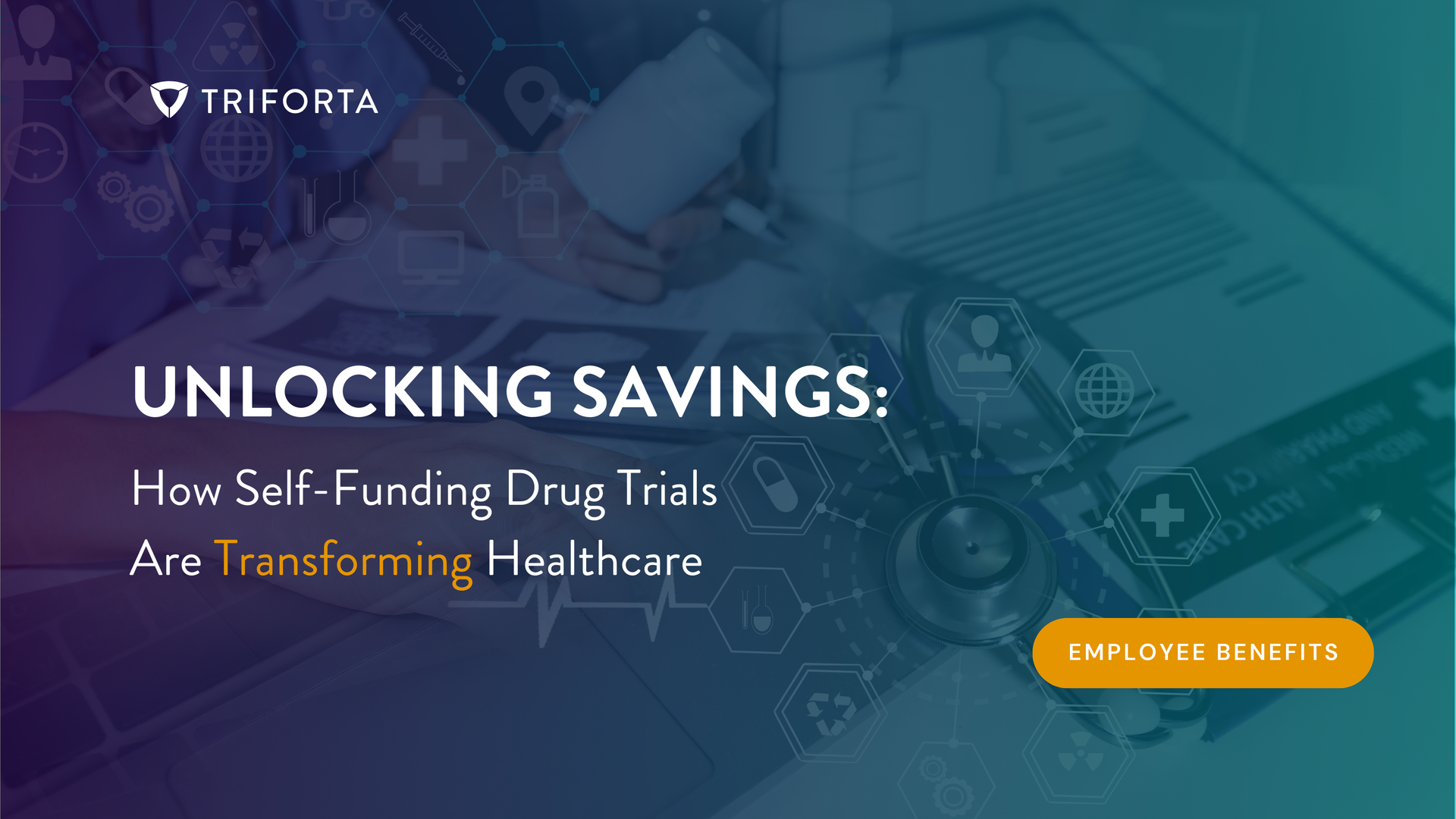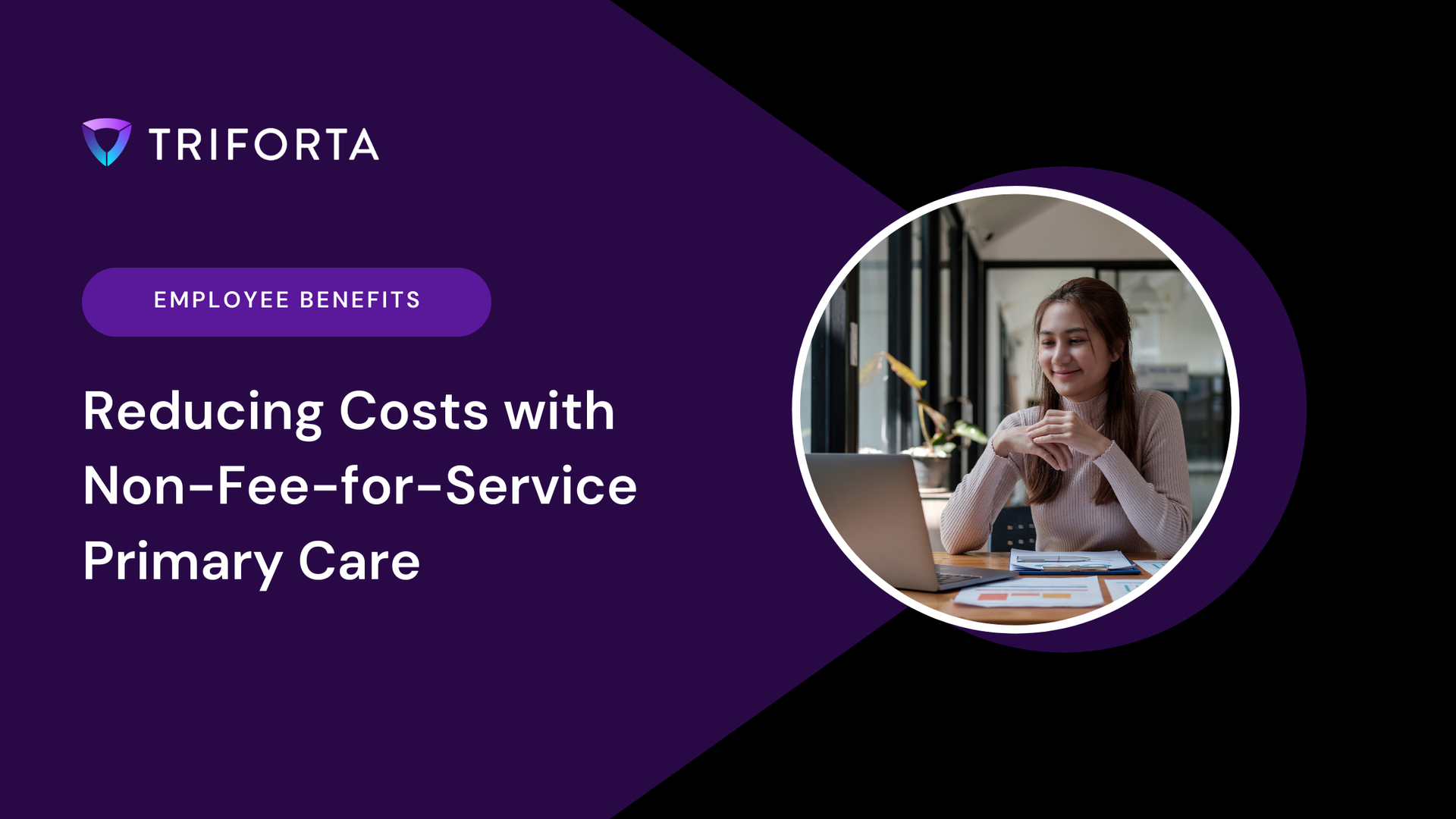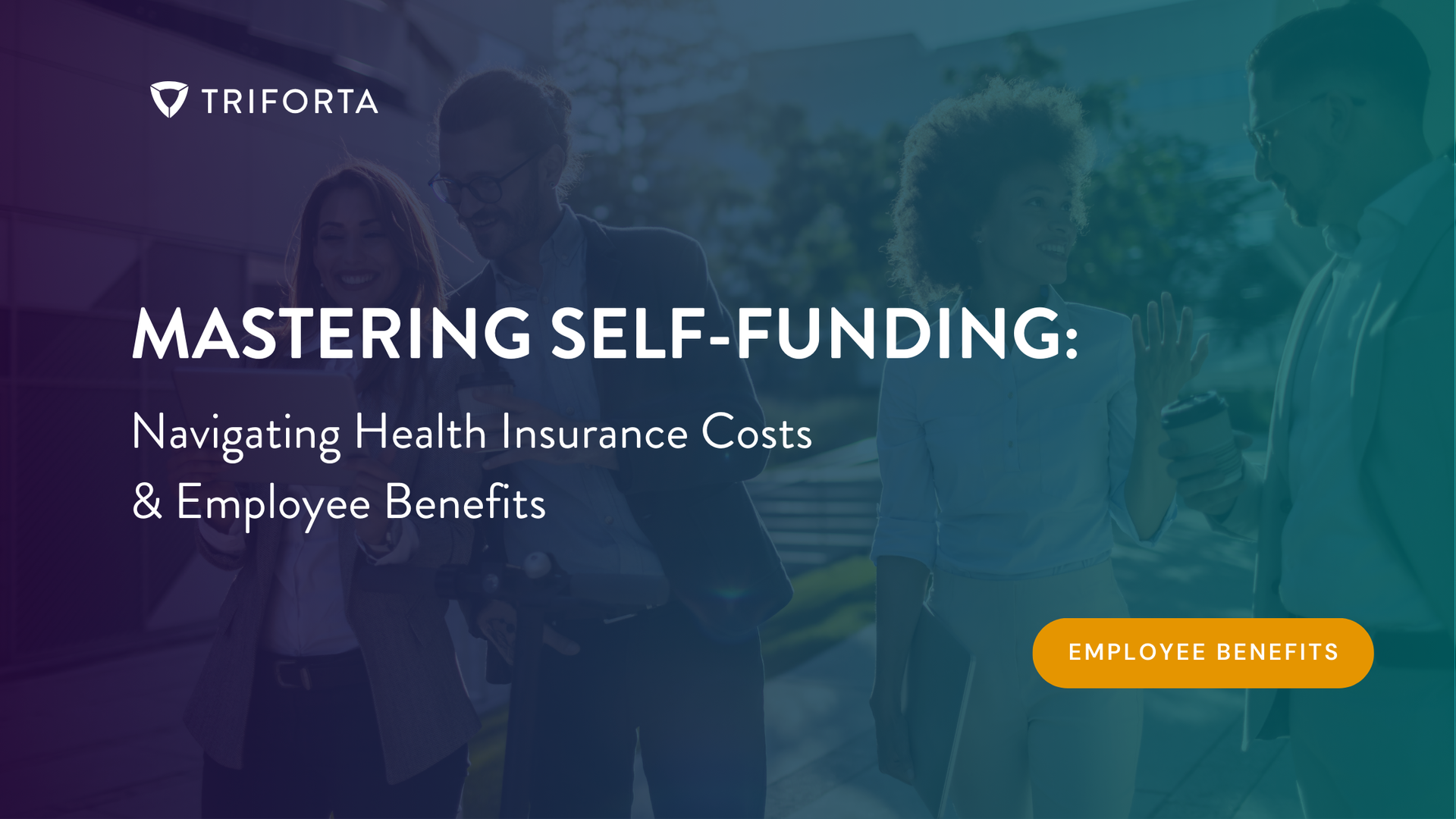Unlocking Savings: How Self-Funding Drug Trials Are Transforming Healthcare
Navigating employee benefits can feel overwhelming, especially with the rising cost of prescription drugs. Traditional approaches often leave employers and employees searching for solutions. Enter self-funding drug trials—an innovative strategy offering a potential breakthrough in reducing healthcare costs. But what exactly are these trials, and how can they reshape the landscape of healthcare expenses?
Understanding the Traditional Pharmaceutical Landscape
For decades, the pharmaceutical industry has relied on patents and exclusivity to recover significant investments in research and development. While this model fosters innovation, it has also contributed to soaring drug prices, making medications unaffordable for many who need them.
Treatments for rare diseases or off-patent medications are often deprioritized due to limited profit potential, leaving many self-funded employers and employees to bear the burden of rising drug costs. Employees face challenges, including high co-pays and limited access to potentially life-changing treatments. Self-funded drug trials, also known as
Interventional Pharmacoeconomics (IVPE), offer a much-needed change in this space.
Exploring Self-Funding Drug Trials
Self-funding drug trials provide a new lens through which employers can manage healthcare costs, particularly in the self-funded space. The core idea is simple yet revolutionary: design clinical trials that effectively pay for themselves through the cost savings they generate. Instead of treating research as a financial burden, self-funded drug trials turn it into an opportunity for substantial savings while improving employee access to more affordable medications.
A Real-World Example of Unlocking Potential
Let’s consider a large Nevada-based employer with 1,000 employees who are prescribed esketamine, a nasal spray for treatment-resistant depression. At an annual cost of $50,000 per patient, the employer faces a staggering $50 million annual expense for this medication alone.
A self-funded drug trial could offer a less expensive alternative: IV Ketamine. Priced significantly lower than esketamine (approximately $2 per dose), IV Ketamine also presents the potential for better outcomes due to its higher bioavailability. In this scenario, a Self-Funding Drug Trial could provide employees with the option to participate in a clinical trial, where they would be randomly assigned to receive either esketamine or IV Ketamine.
By covering 80% of the cost of esketamine for trial participants, the employer immediately saves 20%, and these savings are used to fund the trial itself. Not only does this method reduce overall costs for the employer, but employees also benefit from the increased monitoring and improved care that typically accompanies clinical trial participation.
Curious about implementing self-funded drug trials in your organization? Contact Triforta today to learn more about how this groundbreaking approach can transform your healthcare strategy.
Beyond Cost Savings: Additional Advantages
The impact of self-funding drug trials extends far beyond initial cost savings. If a trial proves that IV Ketamine is as effective as esketamine, employers can adjust their formularies and benefit designs to promote the more affordable alternative.
These findings could have industry-wide implications, encouraging more businesses to adopt cost-effective healthcare solutions. For employers, this approach provides an opportunity to reshape healthcare benefits, while simultaneously promoting medical innovation and improved outcomes for employees.
Want to explore how your organization can reduce drug costs?
Download our Self-Funding Guide and discover how Triforta’s innovative solutions can transform your employee benefits program.
Overcoming Obstacles and Embracing the Future
Like any new approach, Self-Funding Drug Trials come with their own set of challenges. Successfully implementing these trials requires a deep understanding of pharmaceutical development, careful planning, regulatory expertise, and strong collaboration between employers, healthcare providers, and researchers.
However, when approached strategically and ethically, the potential benefits of self-funding drug trials outweigh the initial complexities. In fact, they provide a pathway to a more sustainable and equitable healthcare system—one where employers are no longer at the mercy of inflated drug prices, and employees have access to more affordable, effective treatments.
As more employers and industries adopt this approach, the hope is that we will start to see solutions to some of the pharmaceutical industry’s biggest challenges, including soaring drug prices, limited access to life-saving treatments, and misaligned incentives in the healthcare market.
Ready to embrace the future of healthcare savings?
Learn how to implement self-funding drug trials with Triforta’s expert guidance.
Conclusion
The road to affordable and accessible healthcare is paved with innovation and a willingness to challenge the status quo. Self-funding drug trials are at the forefront of this movement, offering a transformative solution to the growing crisis of rising drug costs.
As we navigate this changing healthcare landscape, embracing approaches like self-funding drug trials is essential. Not only do they hold the potential to reduce costs, but they can also reshape the way we view pharmaceutical development, creating a future where healthcare is both affordable and accessible for all.
Interested in unlocking healthcare savings for your organization? Get in touch with Triforta today to explore how self-funding drug trials can revolutionize your approach to employee benefits.

CAPABILITIES
"TRIFORTA" is a registered trademark employed by the TRIFORTA Partners group of companies. All insurance offers, requests, and guidance provided through this website are delivered by licensed affiliated insurance producers of TRIFORTA, namely Elite Consulting and Insurance Services and Rodney Mattos. No offers, requests, or guidance are extended through this website in any state where one of the aforementioned TRIFORTA licensees lacks the required license. For a comprehensive list of all relevant license numbers in each state, please refer to our License Page.
New Paragraph









